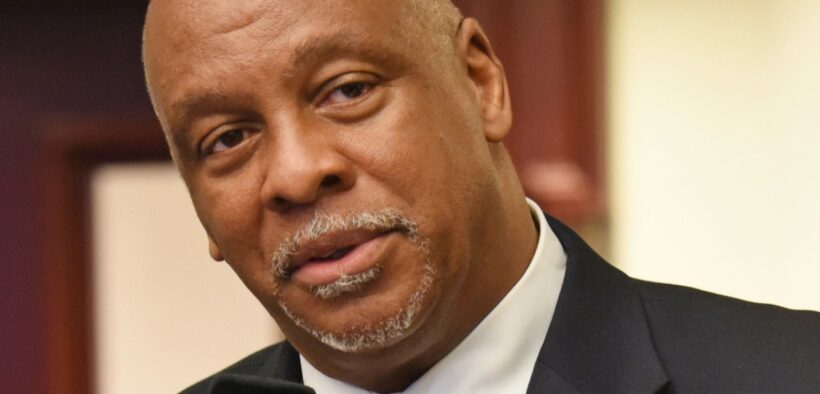Central Florida Rep. Antone Criticizes Support for ‘White-Washed’ Black History Museum Plans
Share

Central Florida Representative Bruce Antone has expressed strong opposition to the plan to build the museum on a former slave plantation in St. Augustine.
A debate has erupted in Florida over the proposed location of a new Black History Museum, drawing attention from lawmakers and local community members alike.
Antone’s stance centers around the chosen site’s dark history, which he describes as a “constant reminder of slavery, misery, and suffering.”
He argues that the location is not easily accessible and believes the project diminishes the value of black history.
In place of the St. Augustine location, Antone advocates for a more substantial investment of $75 million to $100 million in a world-class museum in Orlando that would celebrate the achievements of the Black and Caribbean communities.
The proposed site in St. Augustine is owned by Florida Memorial University and was indeed a slave plantation prior to the Civil War, a fact confirmed by local historian David Nolan.
Despite the site’s disturbing past, some believe this very history strengthens the case for bringing the museum to St. Johns County.
Following the backlash from members of the West Augustine community, Antone’s critical Facebook post was taken down. Robert Nimmons, chairman of the West Augustine Redevelopment Agency, expressed his disapproval of Antone’s comments, emphasizing the community’s disappointment.
The dispute comes amid a competition between four finalist cities vying to host the museum.
Eatonville in Central Florida, where Antone serves as a state representative, is also a finalist.
The museum’s content will cover a broad range of subjects including Black science, engineering, technology, African civilizations, and architecture.
The decision on the museum’s winning location is expected to be made on May 24.
While the controversy continues, proponents of the St. Augustine site argue that the area’s rich history of both free and enslaved Black people makes it a fitting location for the museum.





















I don’t think the title of your article matches the content lol. Just kidding, mainly because I had some doubts after reading the article.